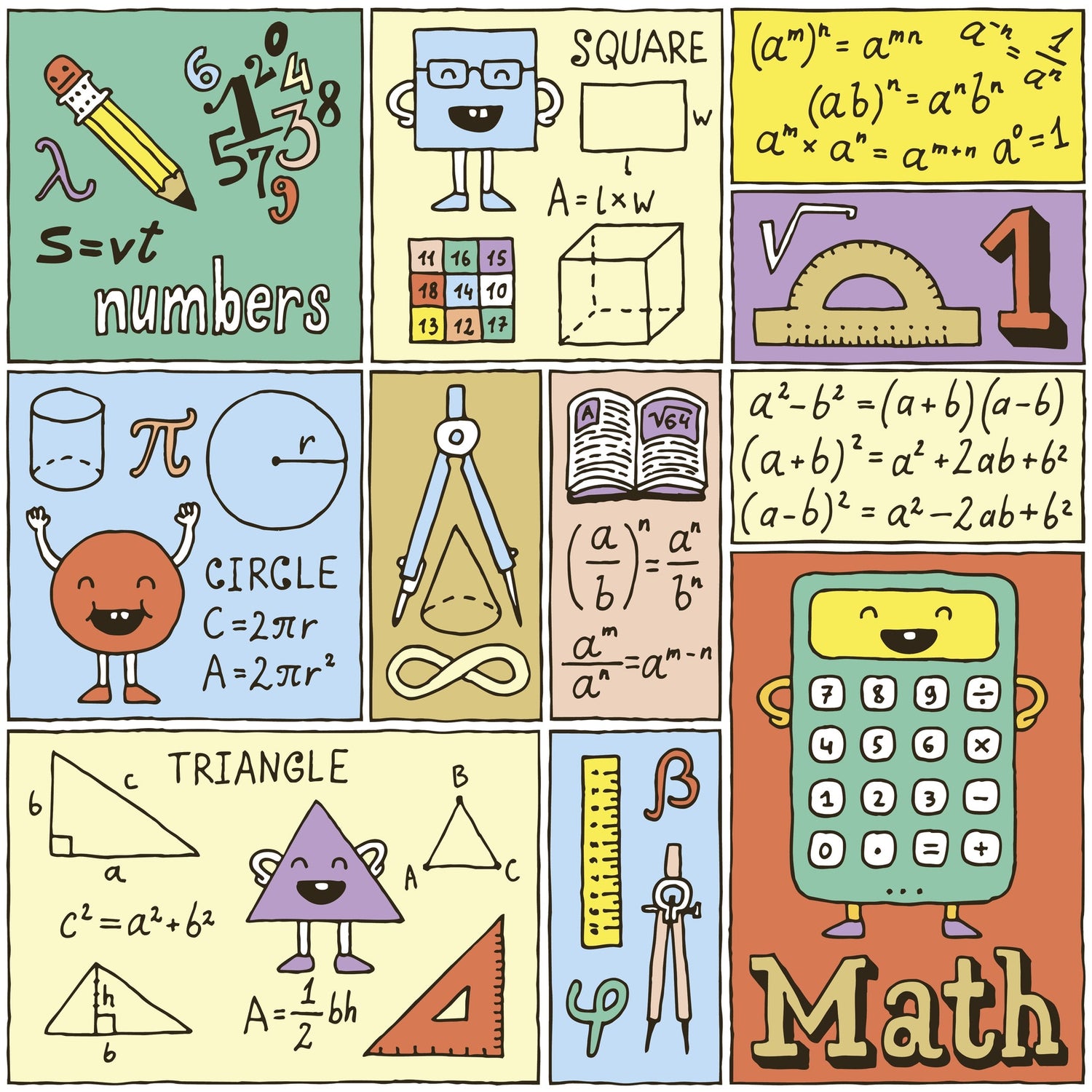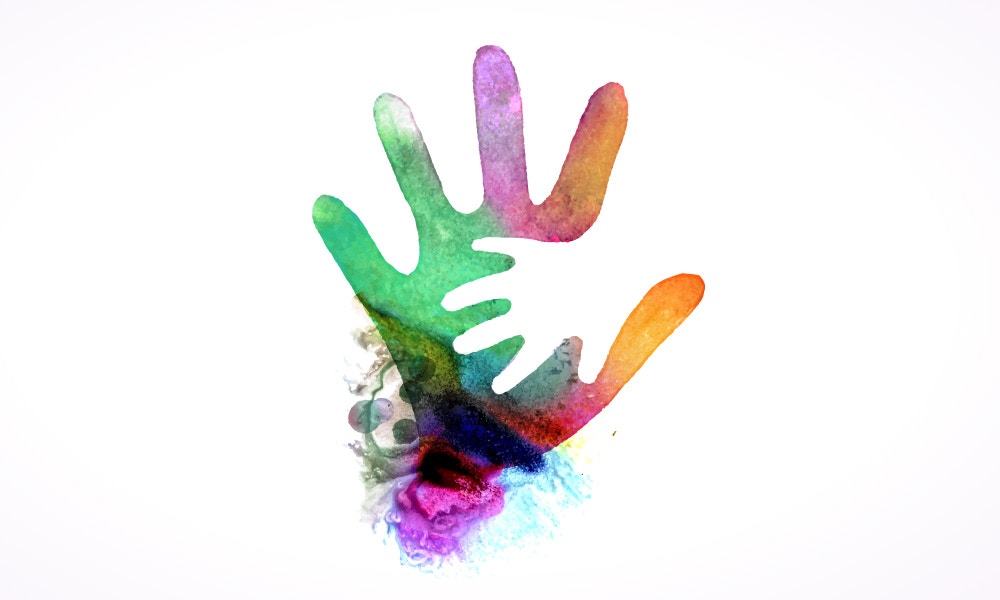As a second grade teacher, one of the most frequent questions I'm asked by parents is, "What are some things we can do at home to help support classroom learning?"
Reading is absolutely essential to intellectual growth and should begin when your child is a baby, and continue even when your child can read to himself. Writing begins with drawing simple pictures, then adding labels and short lines of text to these pictures. Children begin to develop number sense by counting items or holding up their fingers to illustrate how old they are.
Once children begin school, much of the learning is transferred from home to the classroom. Parents can transform daily chores into valuable learning opportunities for their children as they take concepts learned in class and apply them into real life settings.
Throughout the day, opportunities abound to increase your children's mathematical abilities, no matter what their age. The following concepts – most often taught in school – are easily transferred to home, and can make learning fun:
Classifying and sorting.
Do the laundry. Examine and talk about the different patterns and designs in fabrics with your child. Measure the detergent, and talk through the steps involved in the sequence of doing the laundry. Use terms like "first," "next," "then," and "finally" to help your child sequence the actions.
Make patterns with coins. Expand simple repeating patterns such as penny, nickel, dime, penny, nickel, dime– to include growing patterns like penny, nickel, nickel, dime, dime, dime, etc.
Children love to have collections of objects from shiny rocks to trading cards, cars, or dolls. Sort these collections by different attributes, such as color, size, function, and design, depending on the collection.
Working with money.
Before going to the store, give your child a list of items to locate. Once at the store, read the signs above the aisles, and ask your child where they think the items can be found.
Older children can look at the unit prices or price per pound and calculate the costs.
Have an extra calculator? Kids love to use a calculator to add up the costs of items and figure out the correct amount of change.
Use the scale in the produce department to estimate and weigh fruits and vegetables.
Have your child open a bank account. Calculate interest, subtract withdrawals, and add deposits.
Measurement.
Cut a string in various lengths to equal one foot, one meter, and one yard. Challenge your child to find things that measure greater than, smaller than, or the exact length of the measurement string.
Estimate and calculate volume by filling measuring cups with rice, beans, or water.
Some foods are often divided into equal portions and come in a variety of shapes. Use graham crackers to illustrate fractions, waffles to explore area and arrays (rows x columns). Divide snack crackers in half to demonstrate symmetry, or divide crackers among several children to illustrate the concepts of multiplication and division.
Adding and subtracting.
Ask your child questions like, "If I give you 15 crackers now and 10 crackers later, how many will you have eaten in all?" or "If you ate a total of 25 crackers, some in the morning and 10 in the afternoon, how many crackers did you eat in the morning?"
Add different groups of items, and have children use the terms "more than," "less than," or "equal to," to describe the relationships between or among the groups.
Adding math concepts to daily conversations helps children see that learning extends beyond the classroom, and is used in many ways on a daily basis. Applying what they've learned in an interesting and fun way throughout the day helps children practice what they know, form connections between old and new learning, and see the practical application of learned mathematical concepts.
Having fun doing math is key to helping children on their journey to become life-long learners.



